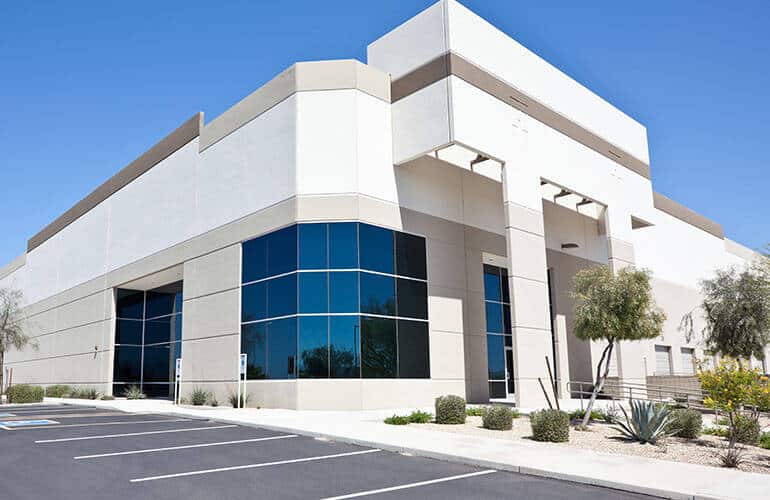ARC Medical Realty is your partner in growing your Medical Practice
the premier provider of medical real estate solutions in Florida. We have been helping businesses navigate the complex world of medical real estate for over 15 years. Whether you are looking for assistance with lease negotiations, relocations, expansions, practice acquisitions, or tenant-buyer representation, our team is here to provide you with the best possible solutions.
At ARC Medical Realty, we understand that each client has unique needs and goals. Our knowledgeable team of real estate professionals has a thorough understanding of the laws and regulations that govern the local Florida market. We use our expertise to negotiate the best possible terms for our clients and to help them find the perfect space for their needs. From the initial consultation to the final walk-through, our friendly and knowledgeable team is here to make sure that your experience is stress-free and successful.









Before entering negotiations for a new or existing lease, it’s essential to have a clear strategy. You deserve professional real estate representation, and our goal is to balance the scales, ensuring you secure the best rates and maximum available concessions.


When more space is needed to accommodate your growing practice and ability to provide additional patient care services, partnering with a medical real estate expert makes expansion seamless. With ARC, you’ll have guidance from someone who understands every step of real estate development timelines.

When more space is needed to accommodate your growing practice and ability to provide additional patient care services, partnering with a medical real estate expert makes expansion seamless. With ARC, you’ll have guidance from someone who understands every step of real estate development timelines.

A Sale Leaseback lets you structure your own lease while selling your property to a 3rd party. If you’re considering reviewing your property’s value, ARC Medical Realty offers free market evaluations to help you understand your real estate’s potential.




Chiropractic With over 20 years of experience, we provide the resources and knowledge needed to make decisions when opening and growing a Chiropractic practice. From analyzing demographic data to providing detailed financial analysis, we help to find the perfect space.
Chiropractic With over 20 years of experience, we provide the resources and knowledge needed to make decisions when opening and growing a Chiropractic practice. From analyzing demographic data to providing detailed financial analysis, we help to find the perfect space.
Chiropractic With over 20 years of experience, we provide the resources and knowledge needed to make decisions when opening and growing a Chiropractic practice. From analyzing demographic data to providing detailed financial analysis, we help to find the perfect space.
Chiropractic With over 20 years of experience, we provide the resources and knowledge needed to make decisions when opening and growing a Chiropractic practice. From analyzing demographic data to providing detailed financial analysis, we help to find the perfect space.
Chiropractic With over 20 years of experience, we provide the resources and knowledge needed to make decisions when opening and growing a Chiropractic practice. From analyzing demographic data to providing detailed financial analysis, we help to find the perfect space.
Chiropractic With over 20 years of experience, we provide the resources and knowledge needed to make decisions when opening and growing a Chiropractic practice. From analyzing demographic data to providing detailed financial analysis, we help to find the perfect space.
©2024 ARC Medical Realty